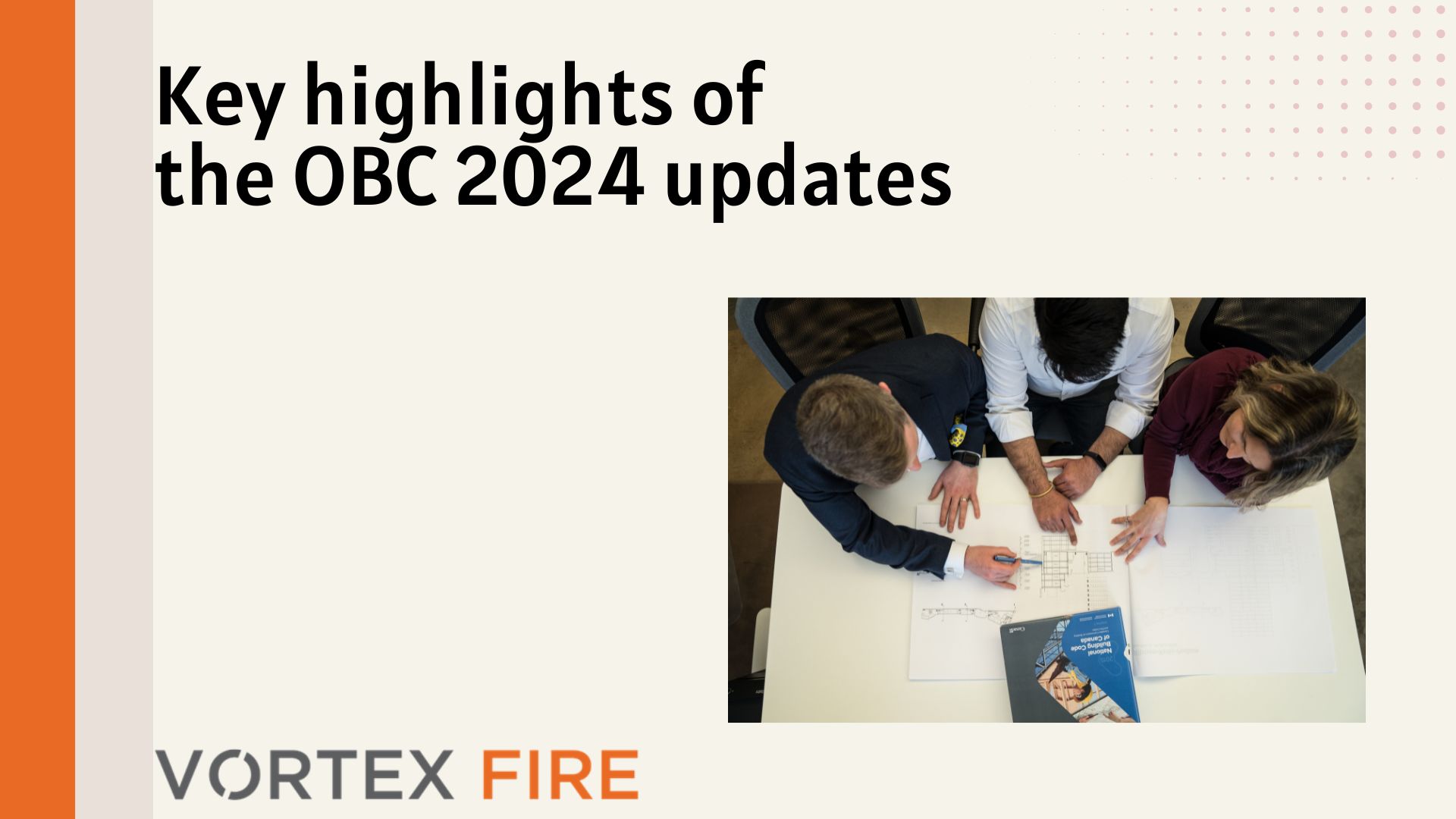In the ever-evolving landscape of construction and building regulation and drive to harmonize codes across Canada, the Ontario Building Code (OBC) was revised with up to 2,400 changes. The structure of the new Ontario Building Code regulation will change. The regulation will only be one page long (available on E-Laws) and will reference the 2020 National Building Code for the harmonized parts of the Code and the 2024 Ontario Amendment document for the Ontario differences. Currently this is two documents that have to be cross referenced. We are hoping the compendium will be a consolidated version specific to Ontario. The changes encompass a broad spectrum including new occupancy classifications, total rework of interconnected floor spaces, exterior cladding requirements, and accessibility.
Here is a summary of the major updates:
New Occupancy Types and Definitions
New Group B, Division 4, “Home-type care occupancies” and Group G, “Agricultural occupancies”.
Standpipe System Innovations
The alternative solution to locate the hose connections in the exit stair will no longer be required! The OBC is set to adopt the same provisions as the NBC for location of fire hose connections in exit stairs.
Interconnected Floor Spaces Protection
This change will be a large departure from the current OBC. The requirement for a cylinder to fit in the floor openings will be no longer. However, the design of such spaces will be significantly different from the current OBC as follows:
- Pressurized vestibules to protect exits and elevator shafts opening into the interconnected floor space,
- Cumulative exiting or protected floor space on each floor in the interconnected floor space,
- Draft stops and smoke detection around the perimeter of the floor opening,
- Mechanical exhaust system capable of 4 air-changes per hour. The system will no longer be automatic and will be activated by a switch on the entrance level, and
- In areas of the interconnected floor space where the ceiling height is more than 8 m, the combustible content is limited to not more than 16 g of combustible material for each cubic meter of volume. This will take a bit of adjustment for designers as previously there was no limit on the furniture or contents in the interconnected floor space.
Convenience Openings Between Floors
A change has been the removal of the opening for a convenience stair between floors that is limited to not more than 10m2 in area in the current OBC. An opening for an escalator and moving walkways will remain. This will affect office spaces in particular whom often have such a stair arrangement. In the new OBC the at least one level of a stair will need to be fire separated or an alternative solution submitted.
Fire Alarm
Require a fire alarm system where a building is sprinklered. Currently, some low occupancy buildings such as warehouses that are sprinklered don’t require a fire alarm system.
Cladding
The OBC was historically one of the most restrictive codes on cladding. Exterior walls were required to be non-combustible or protected in buildings more than six storeys. The new code change will harmonize with the NBC and allow exterior wall systems that have passed a CAN/ULC-S134, “Fire Test of Exterior Wall Assemblies” test and remove the 6-storey limit. This will allow for increased range of products that can be used for exterior cladding.
Universal washroom
A universal washroom is required to be provided on the floor with the barrier free entrance in buildings of Group A, Group B – Division 2, or Group E major occupancies where any one of the major occupancies has an occupant load of more than 500 persons.
Information Signage
Braille and tactile characters to be included in accessible signage and exit signage.
Rapid Transit
OBC 3.13 has been updated to reflect changes in the design of rapid transit stations as follows:
- Where a rapid transit station is connected to a high building, a Measure N vestibule is required between the rapid transit station and the high building.
- Revision to the requirements for design and protection of elevator shafts and other penetrations of floor assemblies.
- Change to the interconnected floor space requirements.
Safety Glazing
In assembly occupancies, glazing in all fixed and operable panels in windows and doors are required to be safety glazing.

